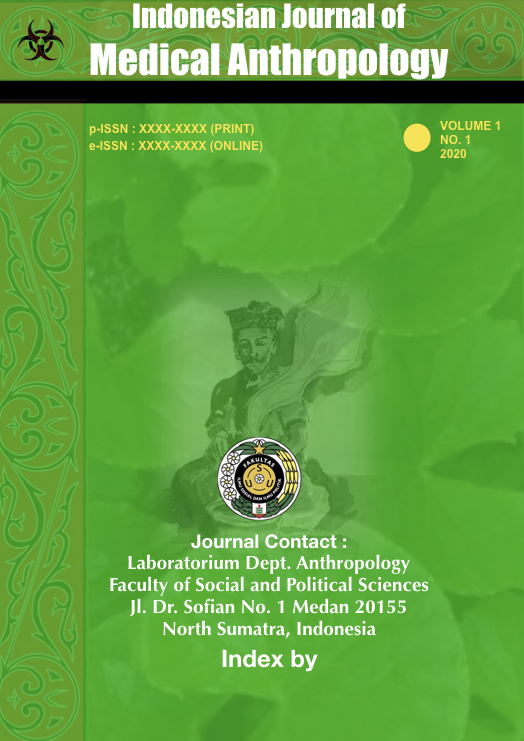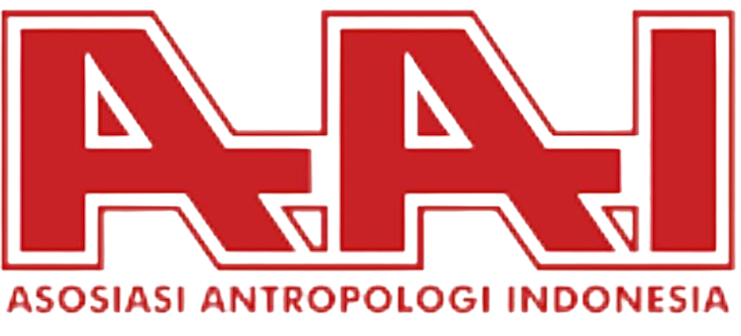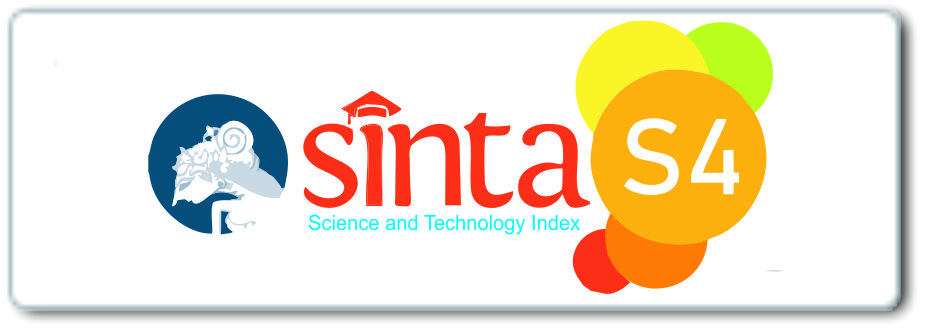Traditional Healthcare and Patient Response Services in Karo Regency
DOI:
https://doi.org/10.32734/ijma.v1i1.4551Keywords:
Hattra, Medicinal Plants, Potions, PatientsAbstract
Local knowledge developed based on experience has been tested for use for centuries and adapted to local culture and environment as well as in Karo Regency. Karo people have long known traditional medicines are diverse, know several types of diseases as well as how to treat them. This knowledge is one of the local wisdom that persists today. This research is qualitative, the determination of informants using Snowball Sampling techniques, data collected through in-depth interviews and observations. Key Informant as many as 17 people from 7 sub-districts. The traditional form of health care in Karo regency is 67% skill, herb 27%, and combination (skill and herb) 6%. Moreover, the age which has a small percentage (20-30 years) of 5.58%, the most significant 51 years and above with a percentage of 70%, how to acquire the most skills is hereditary (empirical) as much as 71%, the most jobs besides Hattra are farmers (59%) and does not have a permit /STPT of 82%. Of the 40 respondents, 80% expressed dissatisfaction and 20% expressed dissatisfaction with hattra's service. The traditional herb by ethnic Karo is known as the "Karo remedy".. Tanaman drugs are often used gagatan harimo, lempuyang, pepper, garlic, shallots, bahing, tinggeren dredge flowers, and small oranges. Karo uses this plant as a raw material for the manufacture of karo oil, param and tawar
Downloads
Downloads
Published
How to Cite
Issue
Section
License
Copyright (c) 2020 Indonesian Journal of Medical Anthropology

This work is licensed under a Creative Commons Attribution-ShareAlike 4.0 International License.











